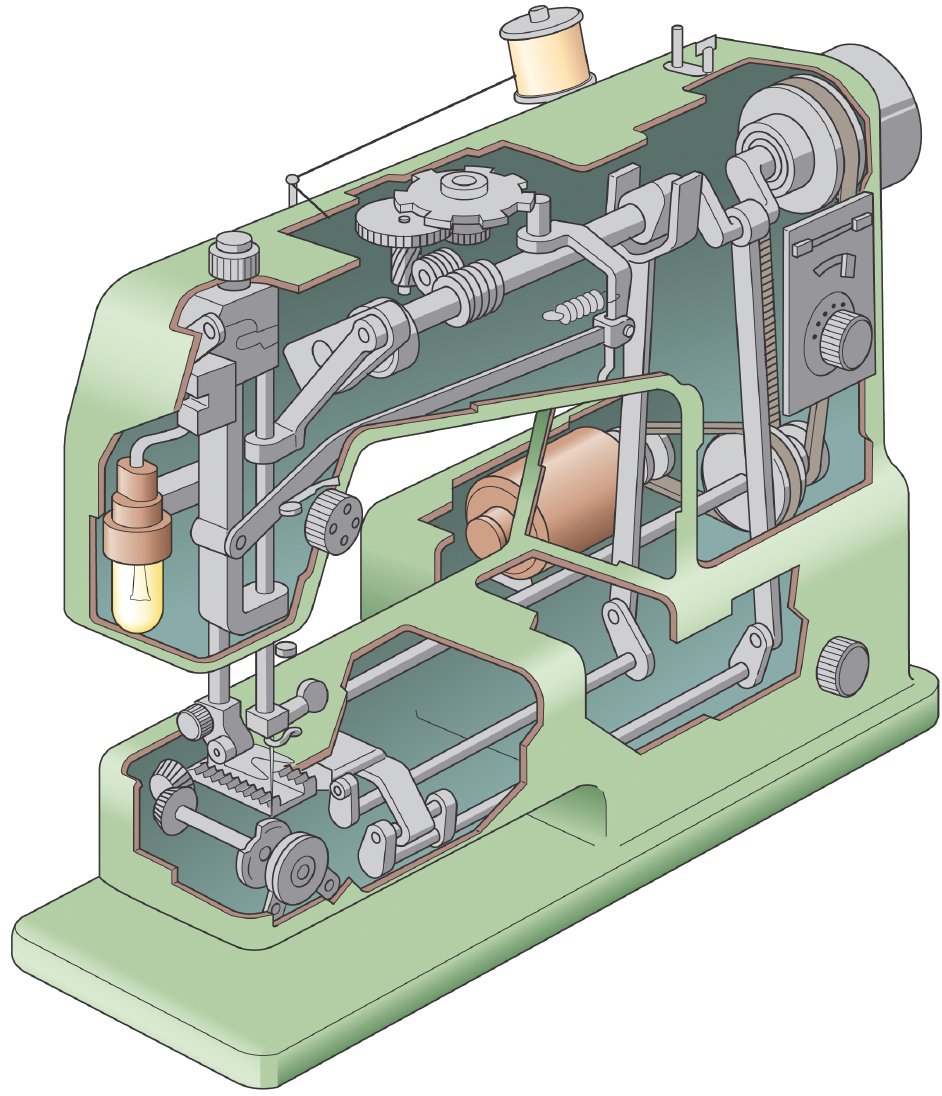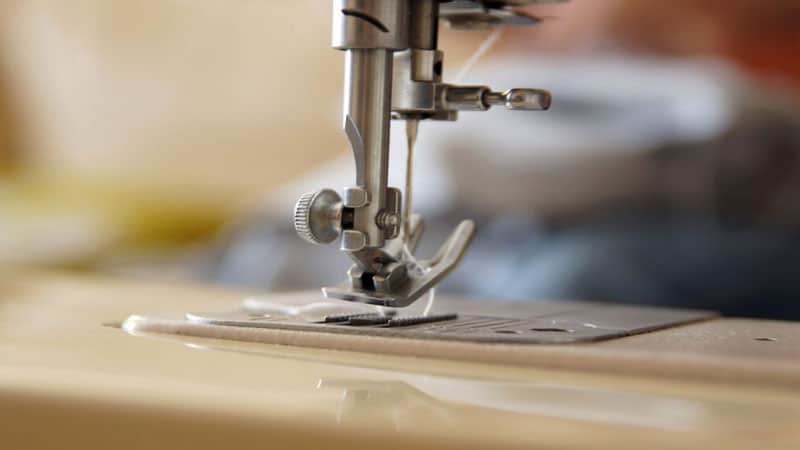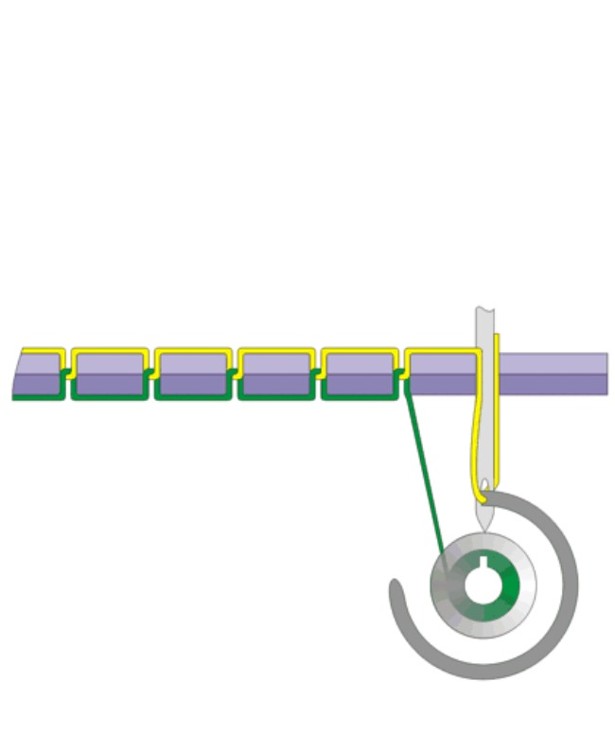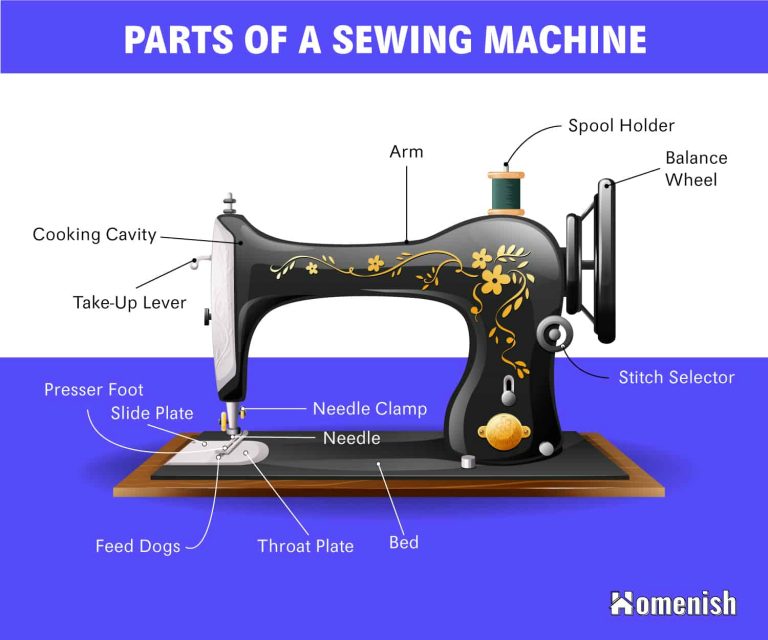Sewing machines have become an essential tool in the textile industry, and they have also become a vital investment in households. Sewing machines have revolutionized the way we sew and have made it easier and faster to create garments. But have you ever wondered how a sewing machine works? In this article, we will explain how a sewing machine works and the different parts that make up a sewing machine.
History of Sewing Machines

The first sewing machine was invented by a French tailor named Barthelemy Thimonnier in 1830. It was a hand-cranked machine that used a hooked needle to create a chain stitch. However, it was not until 1846 when Elias Howe patented the first sewing machine that used two spools of thread to create a lockstitch. This invention revolutionized the textile industry, and it became the foundation for the modern sewing machine we use today.
The Parts of a Sewing Machine

A sewing machine has many intricate parts that work together to create a stitch. The main parts of a sewing machine are the needle, thread, bobbin, feed dogs, presser foot, and the sewing machine motor.
The Needle
The needle is the part of the sewing machine that punctures the fabric and creates the stitch. Needles come in different sizes and types, and the type of needle used depends on the type of fabric being sewn.
The Thread

The thread is the material that is used to create the stitch. The thread is threaded through the needle and is looped around the bobbin to create a lockstitch. The thread used also depends on the type of fabric being sewn.
The Bobbin

The bobbin is a small spool that holds the thread that is used to create the lockstitch. The bobbin is placed in a bobbin case and is threaded through the sewing machine. The bobbin thread is looped around the needle thread to create a lockstitch.
The Feed Dogs

The feed dogs are a set of metal teeth that move the fabric through the sewing machine. The feed dogs are located underneath the presser foot and move the fabric in a forward motion as the needle creates the stitch.
The Presser Foot

The presser foot is a metal plate that holds the fabric in place as it is being sewn. The presser foot is located above the feed dogs and presses the fabric against the feed dogs to create a smooth and even stitch.
The Sewing Machine Motor

The sewing machine motor is the power source that drives the sewing machine. The motor powers the needle and the feed dogs and allows the machine to create stitches at different speeds.
How a Sewing Machine Works

When a sewing machine is turned on, the motor powers the needle and the feed dogs. The fabric is placed under the presser foot, and the needle punctures the fabric as it moves up and down. The thread is looped around the bobbin thread to create a lockstitch. The feed dogs move the fabric forward as the needle creates the stitch. The stitch length and width are adjusted using the stitch length control and the stitch width control.
Conclusion
In conclusion, a sewing machine is a complex machine that has revolutionized the textile industry and has made sewing easier and faster. The different parts of a sewing machine work together to create the perfect stitch. Knowing how a sewing machine works is essential to understanding how to use it properly and create beautiful garments.